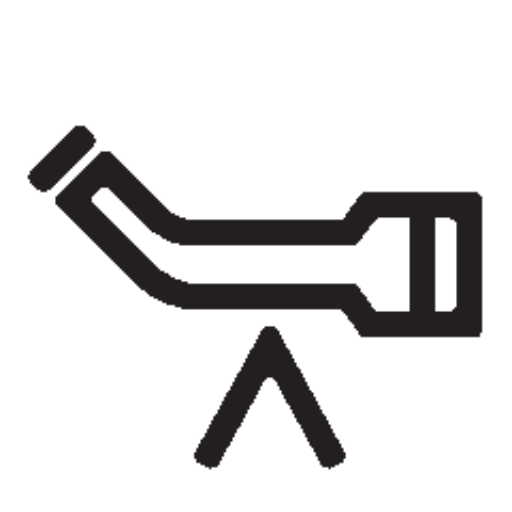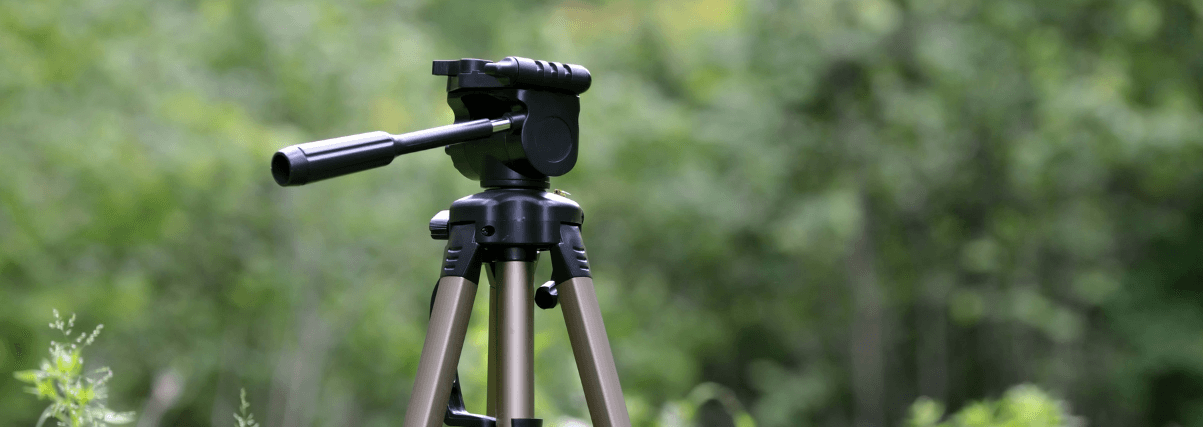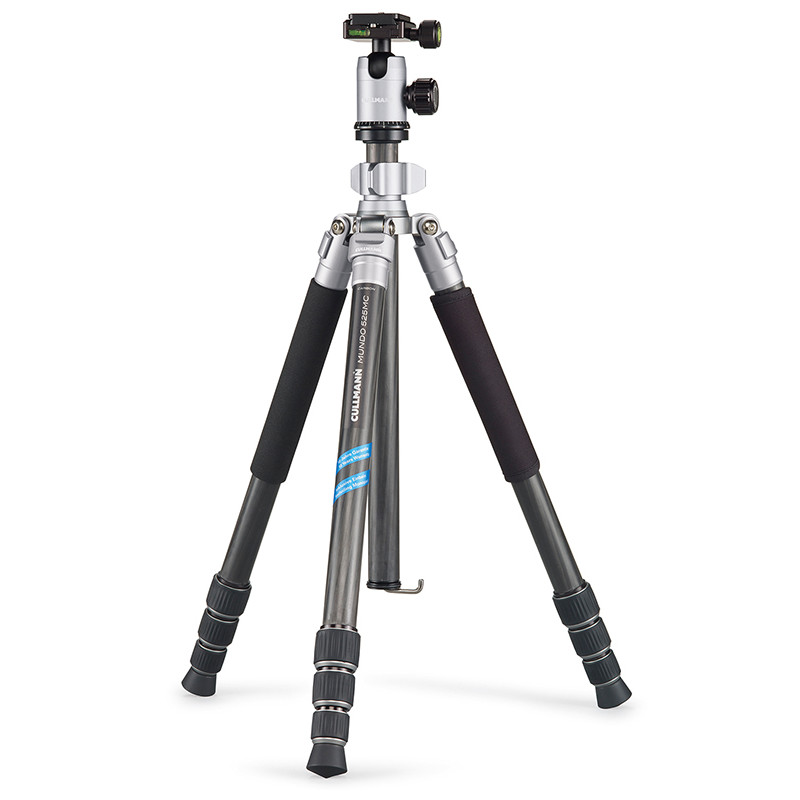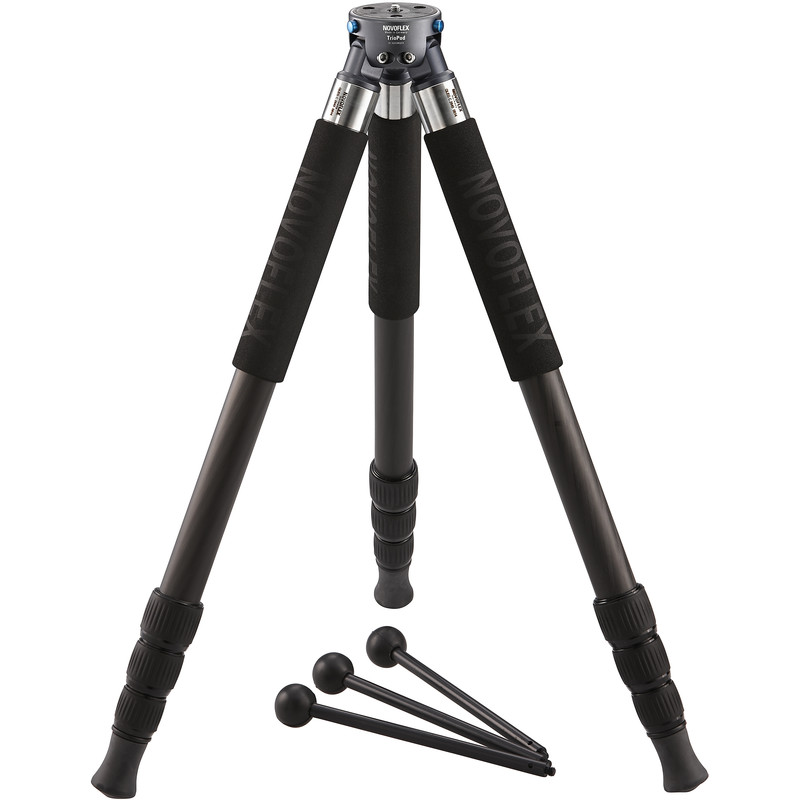What you should pay attention to
A tripod belongs to a spotting scope. Without it, spotting scopes – except for hand-held spotting scopes – can hardly be used. The reason for this is the high magnification power of spotting scopes. Binoculars can be used up to 10x magnification with a steady hand, usually without wobbling. Spotting scopes, however, have a magnification of 20x and above.
If you have invested in an expensive spotting scope, you should not fall back on a wobbly tripod. The performance of the observation device is significantly influenced by the quality of the tripod.
Try looking handheld through the lowest magnification of your spotting scope. You will find that it is extremely difficult to hold the instrument steady for adequate observations. The image is consistently shaky. Without a tripod for your spotting scope, you can hardly use higher magnifications on your spotting scope.

Tripods for Spotting Scopes, made of carbon
These tripods are light. They are made of carbon, are stable and can be carried long distances with ease.
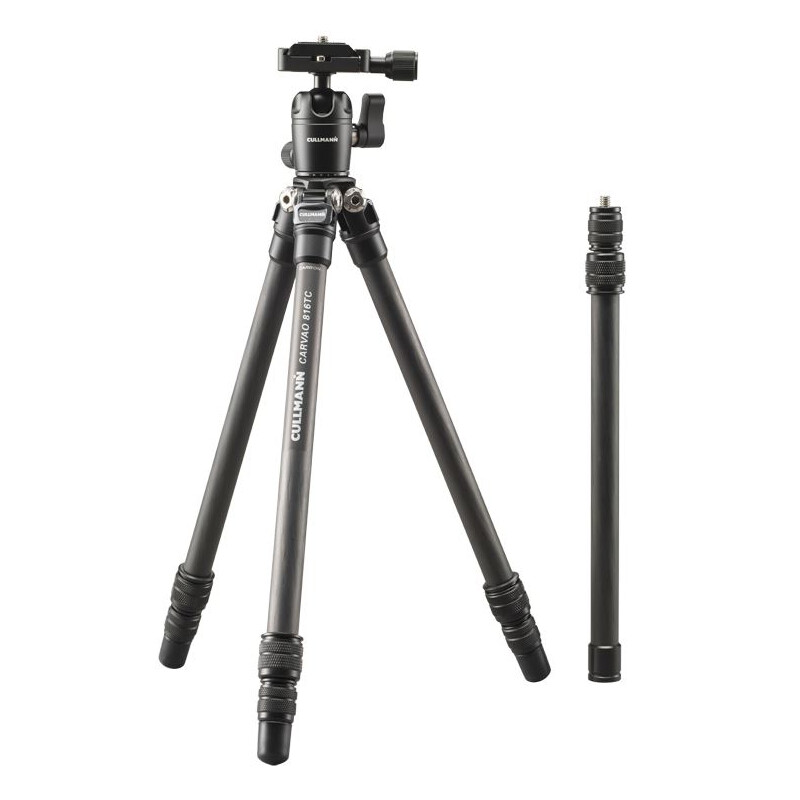
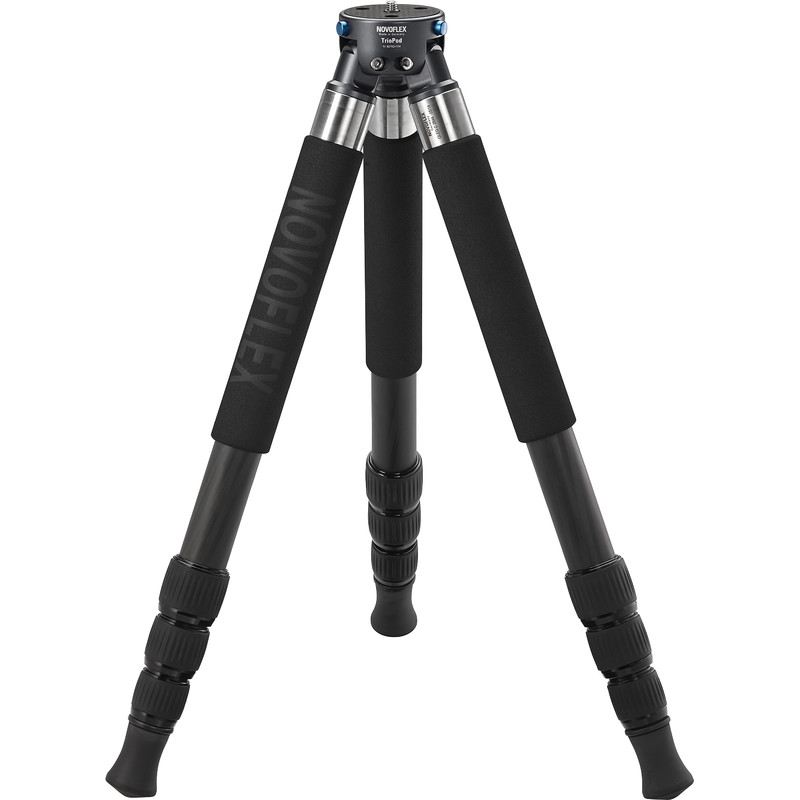
Alternatives to spotting scope tripods
As an alternative to a tripod, you can of course also place your spotting scope on a quiet surface. If you are traveling by car, for example, the roof of your vehicle is a good choice. In a raised hide, hunters can also use the ledge of the window as a support. In nature, a small table may also be suitable as an object to rest on.
To prevent the device from tipping over, it can be supported or bedded on a grain cushion. However, controls like the zoom (for zoom eyepieces) and the focus can be operated rather badly in all mentioned alternatives.
Setting up or supporting spotting scopes with other aids usually turns out to be mere improvisation.
You see: The bottom line is that there are no particularly suitable alternatives to a tripod for your spotting scope.
Requirements for tripods for a spotting scope
Even though the following film is geared more towards tripods for photography, you can still benefit from it as a spotting scope user:
Load capacity of the tripod
An important criterion is the carrying capacity of the tripod. It must be able to carry at least the entire load of the spotting scope without any problems.
If you plan to get into digiscoping, your tripod will need to support even more. It must then also be able to carry the camera, an adapter and possibly a lens. This can add up to more than 6,5 lbs.
Stability of the tripod
In addition to the load capacity, the stability of the tripod is important. Observations in nature are often accompanied by harsh weather conditions.
Strong winds can quickly ruin observations if the tripod does not provide the necessary stability. Tripods come in a wide variety of designs. Particularly stable tripods have additional connections between the feet, but this also makes them heavier.
Tripod and weight
Ask yourself in which situations you want to use a spotting scope on a tripod.
If you make long marches through nature with a spotting scope and also have to carry a heavy tripod, you will quickly reach your physical limits. A light tripod may in turn bring too little carrying power and stability. However, carrying comfort and stability can be combined. Tripods of the top classes do both, but here the costs also increase.
Operability of tripods
Observations in nature require you to follow objects.
If you want to observe birds in flight or a fox along the edge of the forest, you need to be able to follow comfortably with the spotting scope. Good tripods allow control in both horizontal and vertical directions, up to 360 degrees each. In turn, operability goes hand in hand with stability. Both must be possible at the same time, so that you can follow objects, but the spotting scope does not loosen. Tripod heads have a handle for this purpose, which makes control easy. Tripod heads are not necessarily part of the tripod and sometimes must be purchased separately.
Observe the working height of tripods
Do you observe more while sitting or standing? And how tall are you? You should ask yourself these questions before buying a tripod for your spotting scope.
Only if your tripod reaches your working height, you can use it comfortably. For example: if you measure 6 ft and observe through a spotting scope with slanted view mainly standing in nature, you should be able to look through your spotting scope comfortably with a slight head tilt. If the tripod is too small, this is not possible. You will have to bend way down to be able to observe. Poor posture while using the spotting scope and tripod will quickly become uncomfortable and possibly even cause pain in your back or neck.
The observation situation
Include your observation situations in the decision for or against a tripod.
If you are observing “indoors” on the shooting range, there are fewer weather conditions such as wind, so less stable spotting scopes are sufficient. However, if you are observing in the open field over long distances, you should invest in a stable tripod.
Prices of spotting scope tripods
The price range of spotting scopes goes from low two-digit amounts up to 1.500,00 Pounds and more. The tripod head is not always included in the price.
Lightweight, stable, and easy to use tripods are usually more expensive. However, this does not mean that you must spend four-digit amounts on a decent tripod. If you are looking for a tripod for shooting sports, you can safely invest less. Even ambitious hobby nature observers can get a solid and well operable tripod for their spotting scope from about 250.00 Pounds.

The following lists will give you an overview of different tripod options made of aluminium:
Many wooden Tripods are available as well. These are often a bit heavier but if you are looking for stylish tripods, the following list of options and prices is for you.
Brand tripod or no-name tripod?
Various spotting scope manufacturers are also active in the accessories market. For example, brands like Swarovski, Zeiss and Meopta offer tripods from their own production. In addition, the manufacturers that specialize exclusively in equipment for photography or for observation devices are interesting. These brands include Manfrotto, Berlebach and Cullmann. However, brands such as Novoflex or Benro are probably less well-known, but even here it can be worthwhile to obtain information on individual devices.
All prices have been carefully researched but are subject to fluctuation. The links are links within the framework of the Optik-Pro affiliate program.
